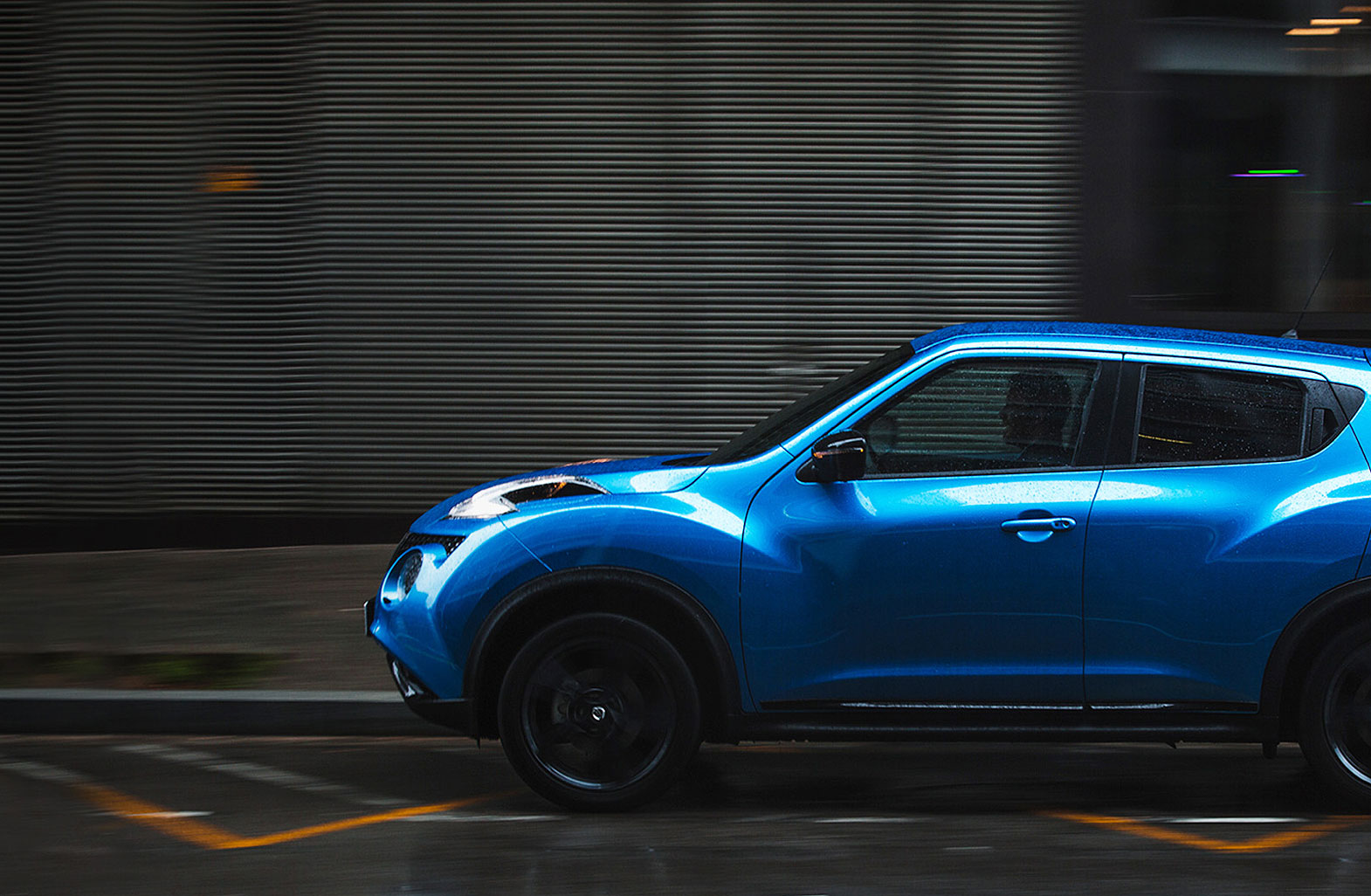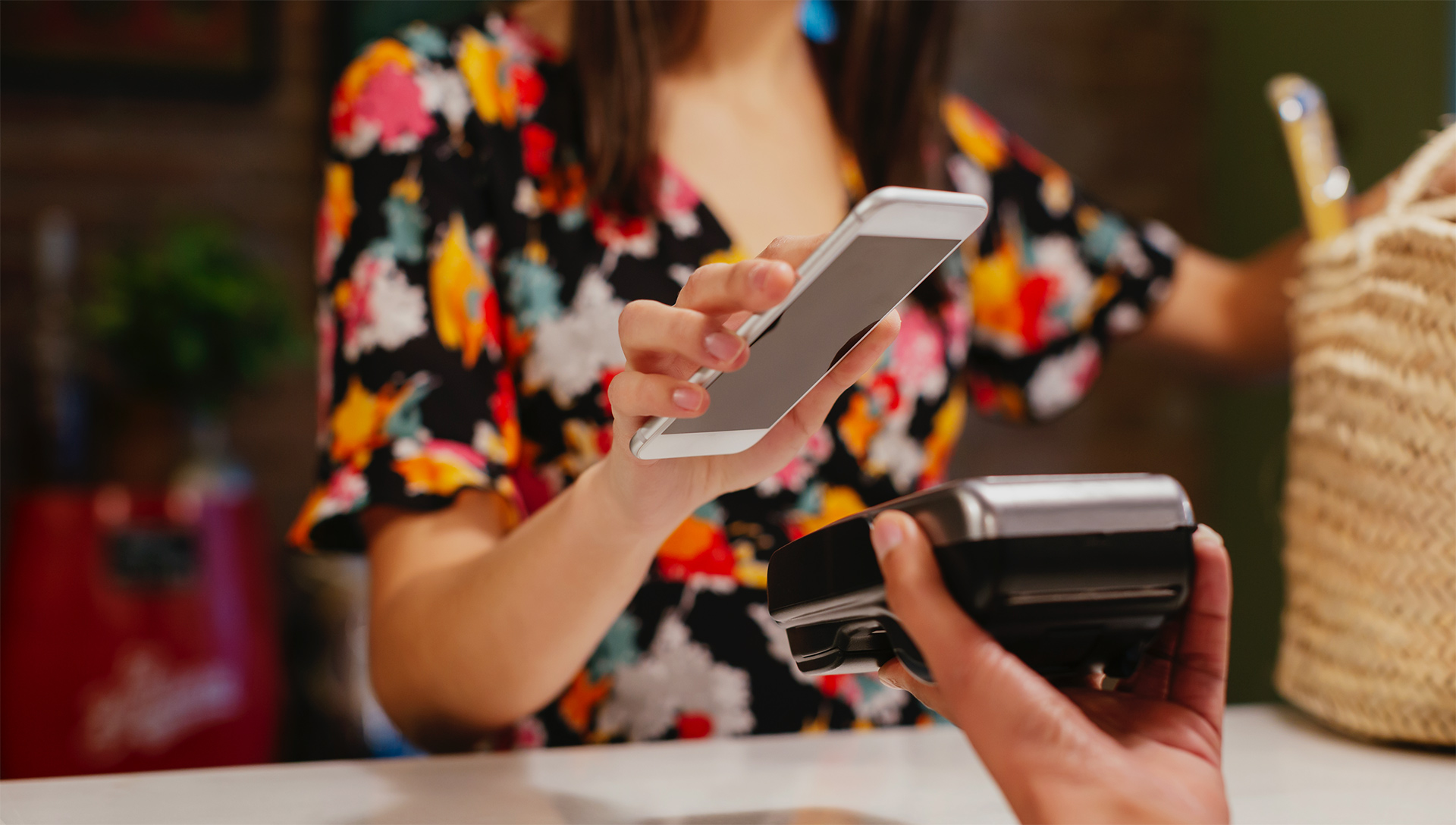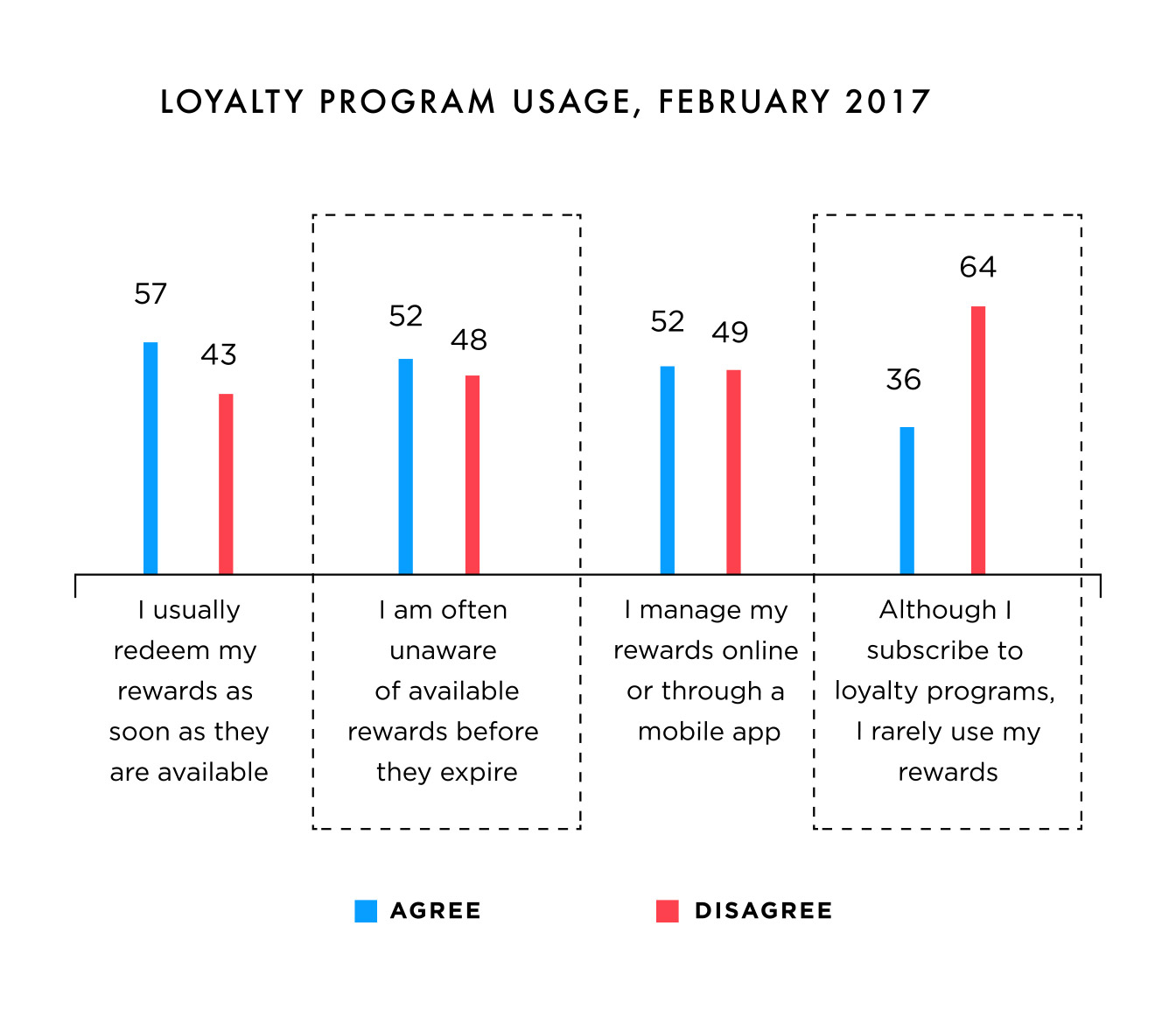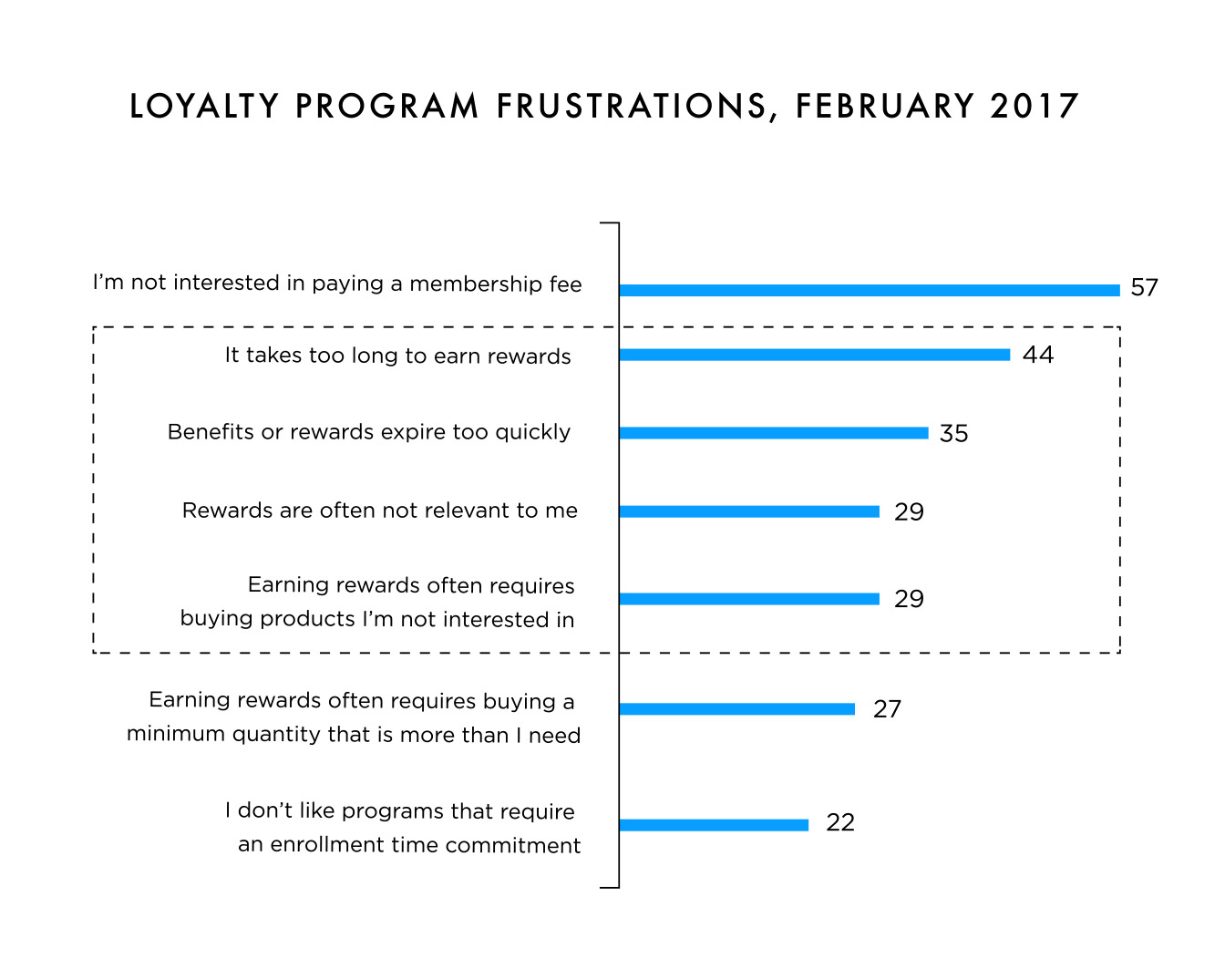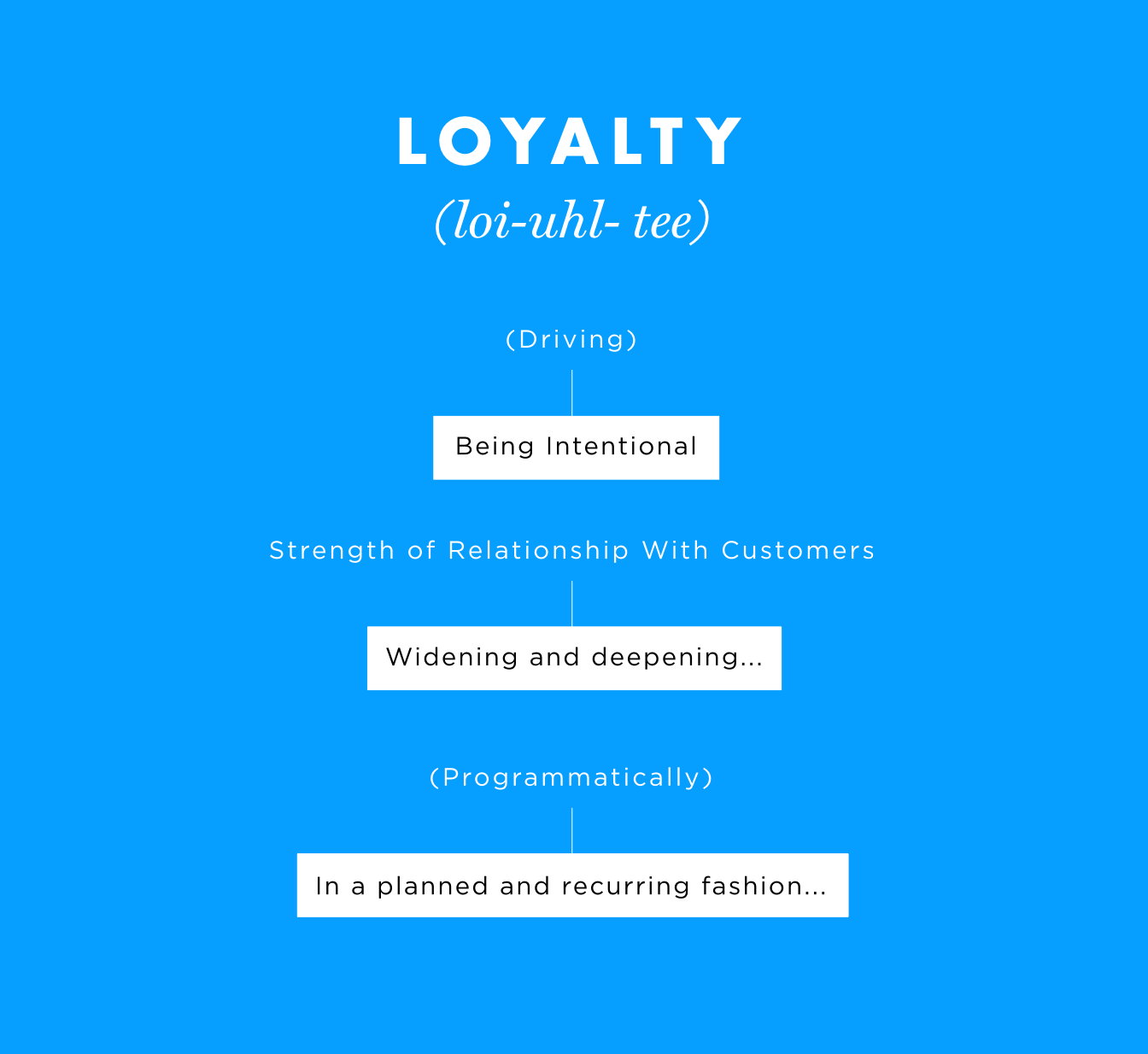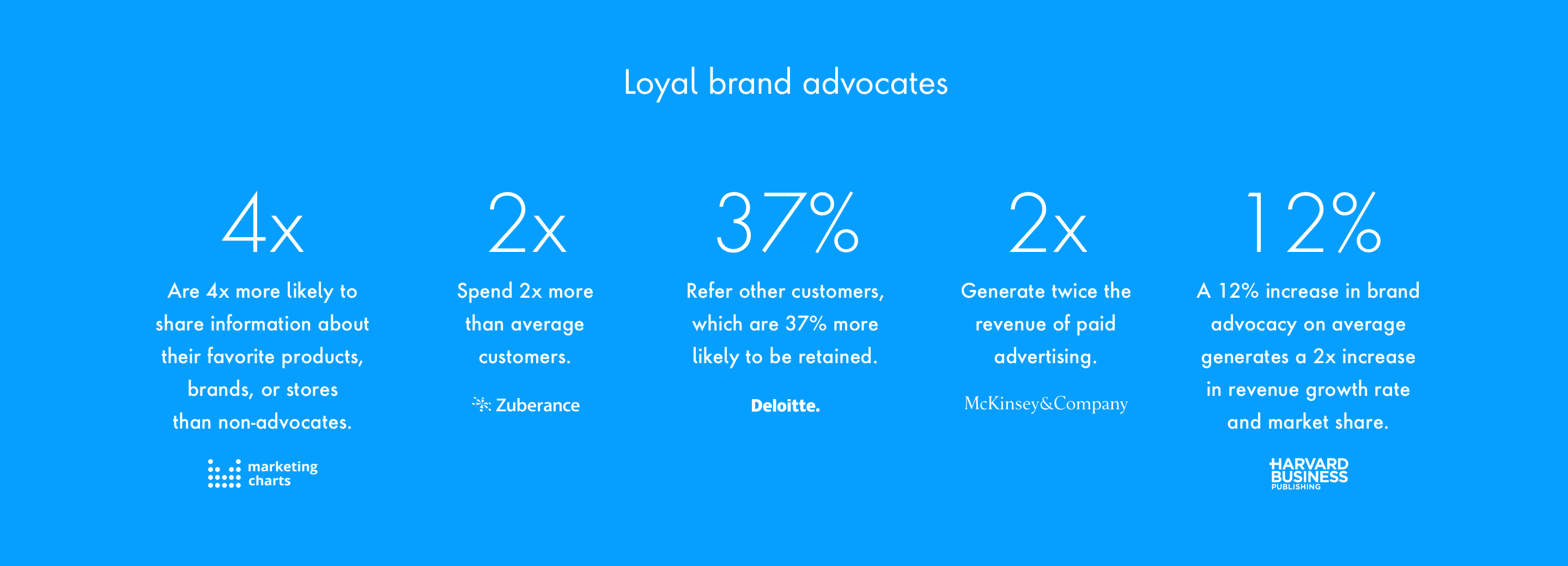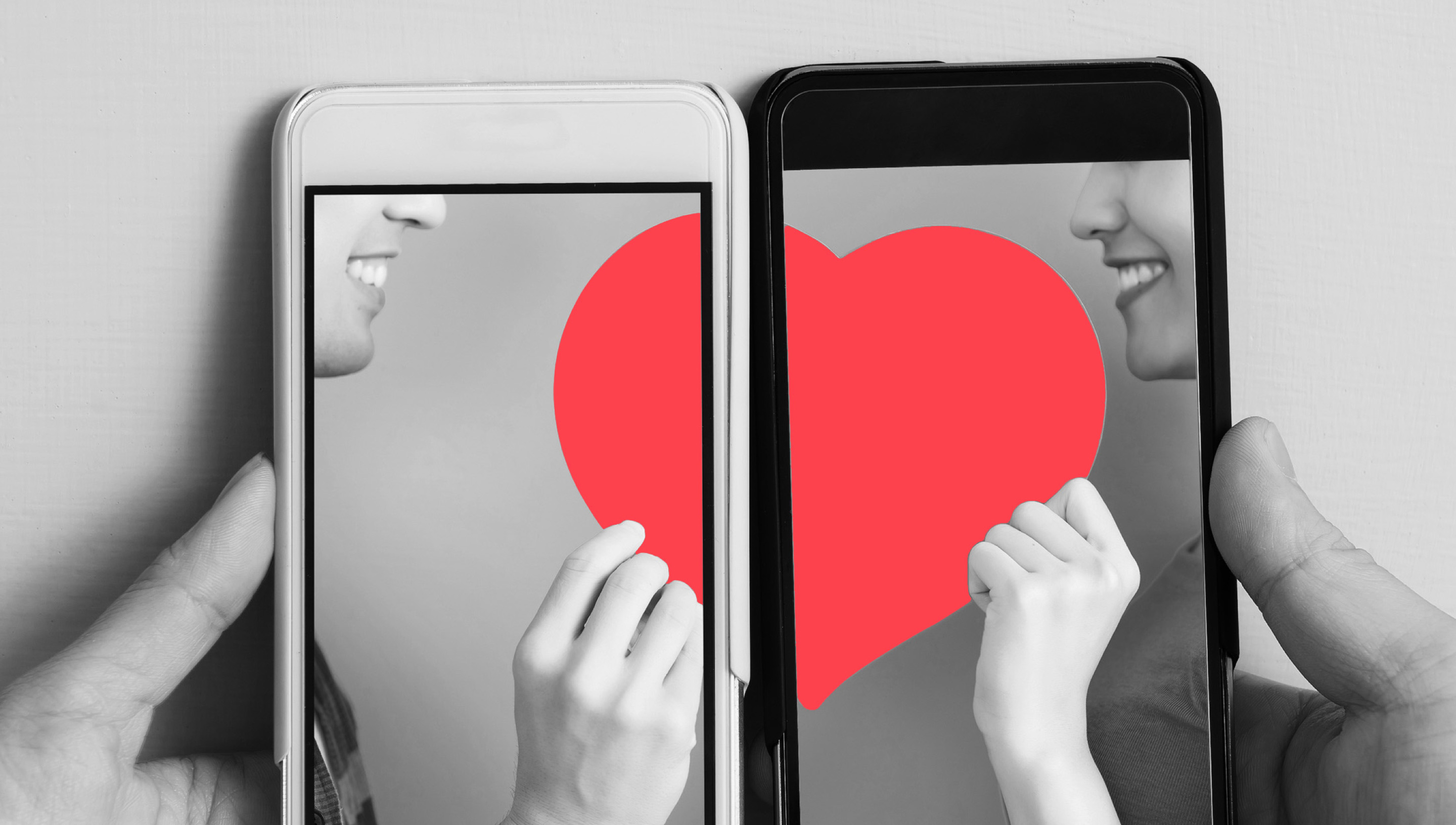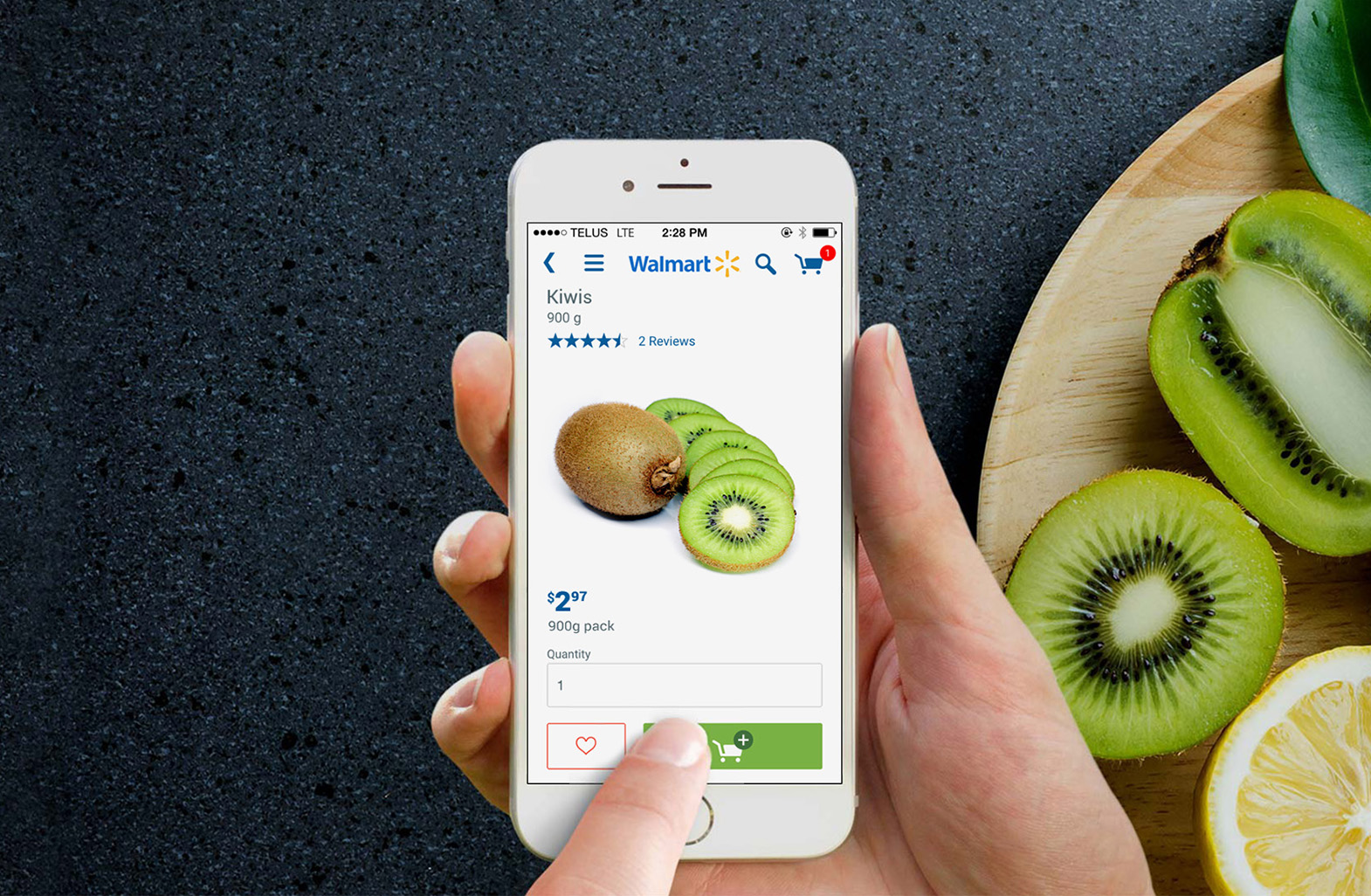True loyalty is rooted in strong relationships
The imperative of brands to become indispensable—through strong customer bonds and a superior experience—is where Amazon gets it right. Its Prime offering, though not specifically positioned as a loyalty program, steadily generates repeat purchases from retained customers, a primary measure of loyalty (Prime customers spend $1300 annually vs non-Prime customers who spend $7003).
Amazon’s competitors, especially those that are trying to position themselves as unique alternatives to digital ecommerce mega-giants, should take note. Growing evidence shows that service and convenience are moving front and center when it comes to brand differentiation. Consider the success of Amazon’s delivery of Whole Foods groceries (to Prime subscribers) which makes it easy to get quality products, including meat and produce, within two hours. The program has had huge success in tests with Prime subscribers in four American cities.4
Wallet share is only one aspect of loyalty
With its Prime offering, Amazon becomes a larger, more integral part of the buyer’s lifestyle and in the process, gets more wallet share in more categories. Equinox Fitness centers take a similar lifestyle approach to loyalty. When a fitness club member—we’ll refer to as Jane—refers another member, she is rewarded with a gift card that entitles her to a choice of a free personal training session, a spa treatment or sports apparel from the club’s shop. Opportunities to try a broader set of services are made more convenient with an app that makes it easy to schedule a massage, track her fitness goals or reserve a spot in an upcoming cycle class.
When Jane asks the club manager to suspend her membership because she’s expecting a child, she is introduced to special classes designed for women just like her (inviting her to join a community of women that share mutual interests and experiences).
Jane cancels her suspension, then refers a friend who is also pregnant, and her participation in the club’s loyalty ecosystem begins all over again. Jane goes on to advocate the club to friends, family and peers on Yelp and Facebook, sharing how Equinox has become a regular component of her daily routine and lifestyle. As a result, two of her office colleagues join the club through its corporate discount program.
Jane has reached the pinnacle of the two-way, mutually beneficial relationship, which has resulted in a strong emotional bond. Now, Equinox isn’t just her fitness club, it’s an integral part of her lifestyle as evidenced by her purchase behavior in multiple categories. She also leverages the club’s convenience features through its multiple channels of interaction. But what is even more valuable: she brings others with her through her love for the brand as evidenced by her advocacy.
As a result, not only has Equinox earned more share of Jane’s wallet, but the gym has also become a more valued (and cherished) part of her life. In the past, the club would have rewarded Jane’s referral with a month’s free dues, something she was already prepared to pay. By using the referral as an opportunity to broaden and deepen the relationship, the club plays a more prominent role in Jane’s daily routine and lifestyle.

